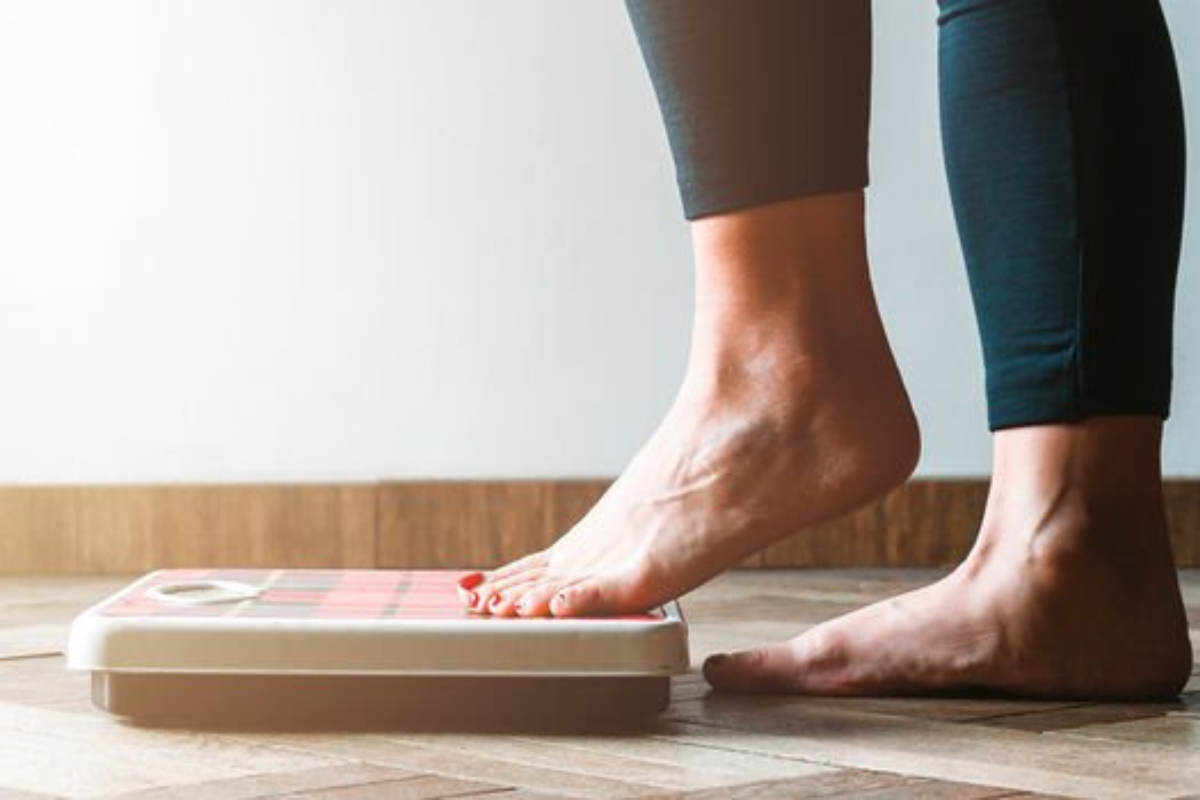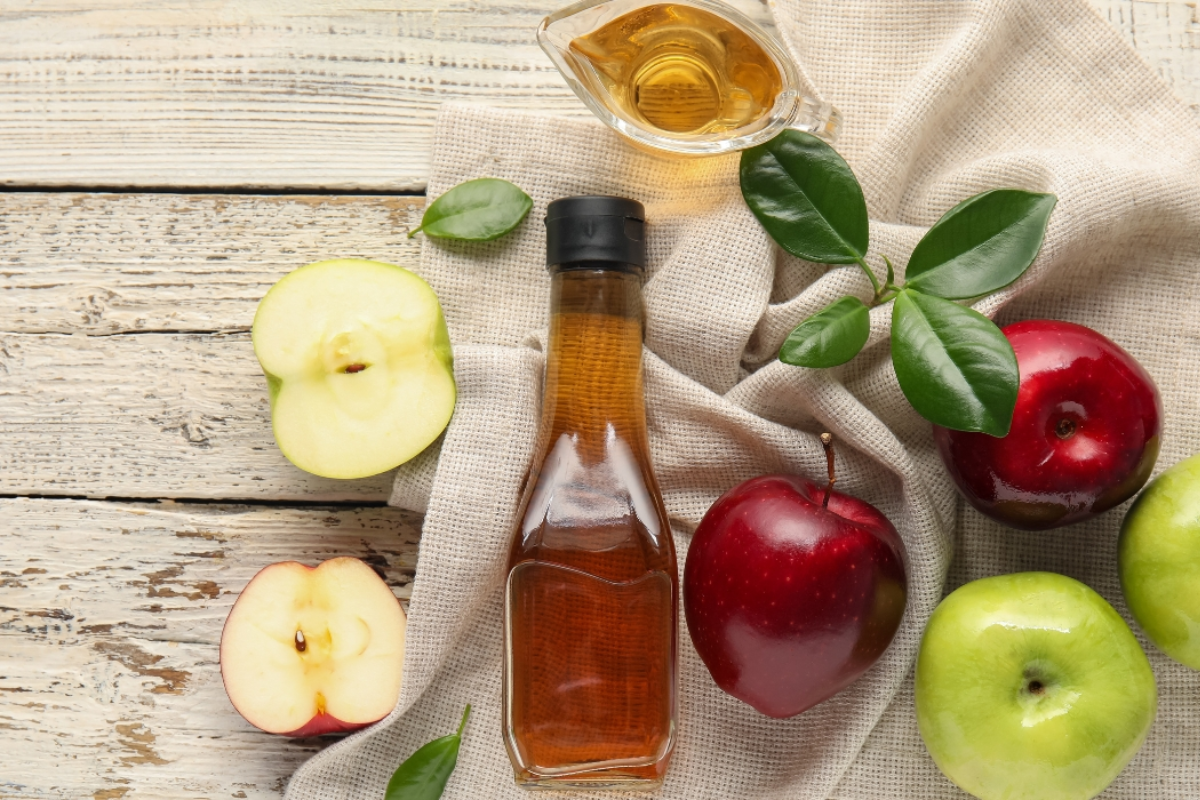Diet chart for weight loss for female?It’s not hard to shed pounds once you know how. According to experts, a weight loss plan should comprise of three elements: calories, diet and exercise. Calorie intake ought to be reduced by burning off food energy through physical activities. Diet comprises of lowering fat consumption by substituting fatty foods for less calorie-dense ones. Ditto goes for exercise – the idea here is to burn more calories than you take in, resulting in weight loss.
Good sources of protein are lean meat, fish, poultry and beans.
The ideal diet for weight loss in women is based on the latest research and the recommendations from the American Heart Association (AHA) and the American College of Lifestyle Medicine (ACLM).
The AHA recommends that you eat 5 to 6 servings of fruits and vegetables a day, 2 to 3 servings of whole grains, limit sodium intake to less than 2,300 milligrams daily (about one teaspoon of salt), limit saturated fat to less than 7 percent of calories, limit trans fat to less than 1 percent of calories and keep your intake of alcohol to less than two drinks per day.
You also need to limit calories from added sugars such as high fructose corn syrup, sucrose or dextrose. These sugars can be found in many processed foods such as soft drinks, candy bars and baked goods.

diet chart for weight loss for female
People who are insulin resistant may be at risk for developing high blood sugar from eating carbohydrates.
Insulin resistance is a condition in which the cells of the body do not respond normally to insulin, the hormone that allows carbohydrates and some fats to enter your blood stream. As a result, these foods become stored as fat instead of being used as energy.
If you are insulin resistant, you may be at risk for developing high blood sugar from eating carbohydrates. The challenge for women who are insulin resistant is that carbohydrates also contain fiber, which can slow down digestion and make you feel full longer than other foods.
This means that it may take longer for you to lose weight on a low-carb diet than it does on a low-fat diet. You may also find yourself craving sweets or other high-carbohydrate foods after you start eating less or differently from what you’re used to eating.
The good news is that studies have shown that following a low-carb diet does not affect the amount of weight people lose long term compared to following other diets (such as low fat or low calorie diets).
Get plenty of fiber from fruit, vegetables and whole grains.
The most important thing to remember when it comes to weight loss is that it’s all about calories in versus calories out. This is what determines how much weight you lose, even if you’re exercising and eating healthy foods.
The ideal diet for weight loss in women should be high in protein and low in fat. Protein helps keep you feeling full so you don’t overeat, while low fat foods help keep your blood sugar stable and insulin levels down, which can help prevent cravings for sweets and other high-carbohydrate foods.
Fiber is also critical for good health because it helps lower blood cholesterol levels and helps with digestion by keeping hunger at bay. You should eat a diet rich in fruits and vegetables, whole grains, nuts and beans to get plenty of fiber from these foods.
You should eat at least 5 fruits or vegetables each day.
If you’re trying to lose weight, you need to eat more fruits and vegetables. One reason is that they are packed with vitamins and minerals. Another reason is that they help fill you up so you don’t snack on junk food or other high-calorie foods.
When you eat a lot of fiber-rich fruits and vegetables, some of the fiber gets broken down into sugar in your digestive system. This sugar can then be used as an energy source by your body. That’s why eating more fruits and vegetables can make you feel full and satisfied for longer periods of time than when you eat less fruit or vegetable.
Healthy fats such as nuts, seeds and avocados are highly nutritious.
Fat is essential for a healthy life and can be found in various food groups. Fats are also a source of energy, which helps your body stay active throughout the day. You should include healthy fats in your diet to help you lose weight.
When choosing foods with fat, choose those that come from sources like nuts, seeds and avocados. These foods are high in calories but low in total fat. It is important to not overdo it with these foods because they contain more calories than other types of foods with less fat content.
Nuts and seeds make a great snack because they are rich in protein, fiber and vitamins B1 (thiamin) and E (beta-tocopherol). They also contain healthy fats that may help you lose weight faster than other types of food options.
Diet chart for weight loss for female
| Meal | Recommended Foods |
|---|---|
| Breakfast | Whole grain cereal with milk, scrambled eggs, whole grain toast with avocado |
| Snack | Apple with almond butter, Greek yogurt with fruit and honey |
| Lunch | Grilled chicken breast with roasted vegetables, quinoa salad with mixed greens and vinaigrette |
| Snack | Carrots with hummus, hard-boiled eggs |
| Dinner | Grilled salmon with brown rice and steamed vegetables, vegetable stir-fry with tofu and brown rice |
| Dessert | Fresh fruit, Greek yogurt with honey and nuts |
The table above shows a sample diet chart for weight loss for females. It is important to note that this is just one example, and that individual nutritional needs may vary. However, this chart provides a good starting point for individuals who are looking to lose weight and improve their overall health.
Breakfast: The recommended breakfast options are high in fiber and protein, which will help keep individuals feeling full and satisfied throughout the day. Whole grain cereal with milk provides a good source of fiber and protein, while scrambled eggs and whole grain toast with avocado provide healthy fats and additional protein.
Snack: For snacks, it is recommended to choose options that are high in fiber and protein, while also being low in sugar. Apple with almond butter and Greek yogurt with fruit and honey are both good options.
Lunch: For lunch, it is recommended to choose options that are high in protein and fiber, with a focus on vegetables. Grilled chicken breast with roasted vegetables and quinoa salad with mixed greens and vinaigrette are both good options.
Snack: For snacks, it is recommended to choose options that are low in calories, but still filling. Carrots with hummus and hard-boiled eggs are both good options.
Dinner: For dinner, it is recommended to choose options that are high in protein and fiber, with a focus on vegetables. Grilled salmon with brown rice and steamed vegetables and vegetable stir-fry with tofu and brown rice are both good options.
Dessert: For dessert, it is recommended to choose options that are low in sugar and high in protein. Fresh fruit and Greek yogurt with honey and nuts are both good options.
If you’re a female looking to shed some excess weight, you might be wondering what kind of diet chart for weight loss is ideal for you. The truth is, the best diets for women vary from individual to individual, depending on factors such as age, body type, activity level, and calorie needs. Nevertheless, there are some tips that can help make sure your journey towards losing weight is successful. Start by tracking calories and cutting out processed junk foods. Also look into eating more plant-based whole foods like fruits, vegetables and legumes while avoiding saturated fats. Finally, get plenty of exercise but avoid overdoing it; too much exercise can lead to fatigue and increase cravings! With these tips in mind, you’ll soon be able to find the perfect diet chart that works best for your own unique body.
Choose fiber-rich whole grains over refined grains that lack fiber.
Fiber is the part of the food that your body can’t digest but it still passes through your system. Some foods have more fiber than others, but even the refined grains that lack fiber contain enough to help you feel full and reduce hunger cravings.
Whole grain products tend to be higher in fiber than their refined counterparts. Whole grains are foods that are made from whole grains such as brown rice, barley or wheat. Refined grains include white flour and white rice.
Whole grains also contain more nutrients than refined grains because they’re not stripped of their outer layers during processing. This includes nutrients such as vitamins B6, B3 (niacin), thiamine and magnesium which are often missing from processed foods like pasta or breads.
Choose whole grain products such as pita breads instead of white breads or white pasta. Look for foods with at least three grams of fiber per serving (1 slice) on the Nutrition Facts label if possible; this will help you stay fuller longer and promote weight loss even if you choose only one slice per day!
Avoid unhealthy fats such as trans fats and saturated fats.
Unhealthy fats, such as trans fats and saturated fats, are found in processed foods. These types of fat can increase your risk of cardiovascular disease, type 2 diabetes and some cancers.
To make up for the calories you’re not getting from other foods, you’ll need to eat more fruits and vegetables than usual. Fruits and vegetables contain vitamins and minerals that are good for your health. They also provide fiber, which helps keep you full longer.
Eating plenty of fruits and vegetables can help you lose weight because they make you feel full faster than high-calorie foods do. Also, fruits and vegetables are low in calories but high in fiber — so one serving of fruit or vegetable is often low in calories but high in fiber. They fill you up so you’re less likely to overeat later on when eating higher-calorie foods.
Increase your intake of water in order to create a more healthy body mass index (BMI).
If you have been struggling with your weight, and you want to shed the excess pounds, then there is only one thing that you should do: eat healthy and exercise regularly. However, if you are not convinced about this idea, then it is time for you to hear about the ideal diet for women who want to lose weight.
The first thing that you need to do is increase your intake of water in order to create a more healthy body mass index (BMI). The more water that you consume, the less fat that will be stored in your body. Additionally, increasing your intake of water will also help you get rid of cellulite from your body because it makes your skin look smooth and soft. Furthermore, drinking plenty of water can also help in reducing bloating and constipation which are two common problems among overweight people.
Another important factor when it comes to losing weight is limiting saturated fats in your diet so as to prevent heart diseases or strokes. For example, eating foods made from refined sugar can increase cholesterol levels which can lead to various health problems such as coronary artery disease or stroke.
There is no need to count calories while losing weight and keeping it off.
Some people think that a calorie is equal to a gram of fat. This is not true because all foods contain varying amounts of various nutrients. For example, fruits and vegetables contain water, fiber, and minerals, but they also contain sugar, which contains calories. The amount of sugar in a food determines its calorie content.
A diet plan is simply a series of eating habits that you can use to lose weight. There are certain foods that we should avoid or limit on the basis of their high calorie content and others that we should eat more of because they are low in calories or fat.
The best diet plan is one that you can stick with for life as long as you continue exercising and eating right. This way your body will have time to adjust and become more efficient at burning fat instead of storing it in your muscles, organs or other places where it can be dangerous if left unchecked over time.
Conclusion
If you’re a female who is trying to lose weight, then this article should be of interest to you. It should provide a solid food and lifestyle regimen that will aid in your ability to shed that extra burden. With each step, you’ll notice improvements in both your appearance and your health, so make sure you follow this plan closely.







4a8f26.png)
ef86a5.png)
332935.png)



7353e1.png)